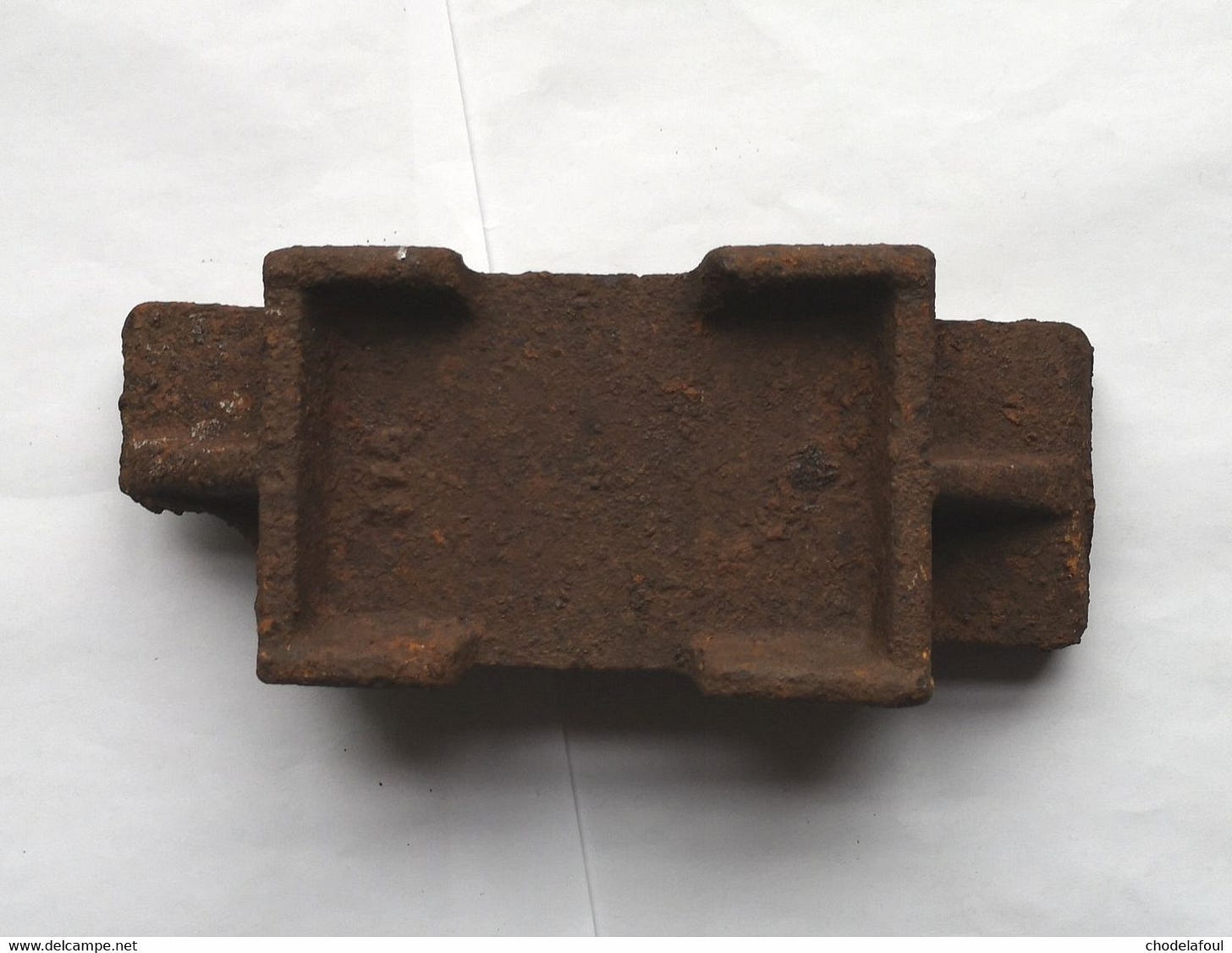During World War I, the British Army used a variety of specialized equipment and tools to help operate its artillery guns, including the 18-pounder field gun. One important piece of equipment used in the operation of these guns were artillery pads, which were used under the cannon wheels to keep the gun in place and to help it roll back into position after firing.
The artillery pads were made of a hard-wearing material, such as wood or metal, and were designed to provide a stable and secure base for the gun wheels. The pads were typically placed under the wheels of the gun carriage and were designed to prevent the gun from moving or sliding when it was being fired.
After the gun had been fired, the crew would use the foot and hand boots to push the gun back into position. The artillery pads played a crucial role in this process, providing a solid base for the gun wheels to roll on as the gun was moved back into position. The pads were also designed to be easily moved and repositioned, which made it possible for the gun to be quickly reloaded and fired again.
The use of artillery pads was particularly important on the rugged and uneven terrain of the battlefield. The pads helped to stabilize the gun and prevent it from slipping or sliding on wet or muddy ground, which could have had a significant impact on the accuracy of the gun and the safety of the gun crew.
Overall, the use of artillery pads was an important part of the operation of the British Army's 18-pounder field guns during World War I. The pads provided a stable and secure base for the gun wheels, helping to ensure that the gun could be operated safely and effectively in even the most challenging conditions. The pads also played a crucial role in the process of reloading and firing the gun, helping the gun crew to quickly and efficiently move the gun back into position for the next shot.
Like this example these are frequently found on battlefields in France and Belgium.







